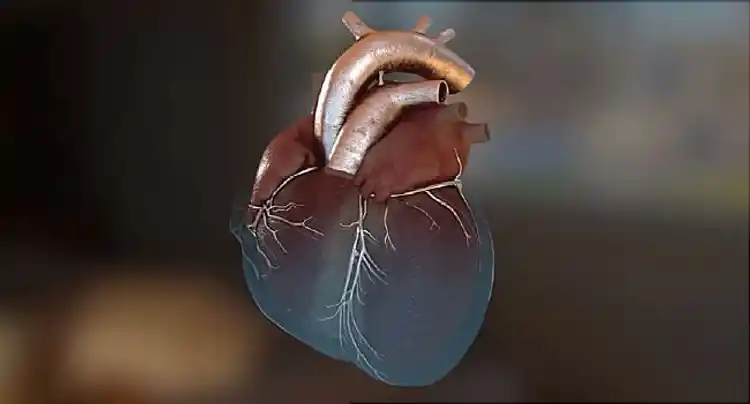Relief for Unresectable Lung Cancer

Hide Video Transcript
Video Transcript
[MUSIC PLAYING]
Fluid can build up in your chest on the outside of your lungs, which presses on your lungs, and makes it hard to breathe.
To treat this, your doctor numbs part of your chest, and inserts a hollow needle between your lungs and ribs to drain the fluid.
Or a small opening can be made in your skin to drain the fluid using a hollow tube. Adding talc or another substance inside your chest seals the space between your lungs and chest wall. This drains the fluid, and keeps it from coming back.
Putting in a thin, flexible tube called a catheter can also help. One end is put inside your chest through a small opening, while the other end stays outside your body. The tube can be connected to a bottle for drainage of the fluid on a regular basis.
If fluid builds up around your heart, the pressure can keep it from working right. To fix this, the fluid is drained with a needle. Or a small piece of the sac around your heart is taken out so the fluid drains in to your chest or belly.
When cancer is blocking an airway, a metal or silicone tube can be put in to help keep it open.
Photodynamic therapy, or PDT, is another option. In this treatment, you are given a light-activated drug that builds up in cancer cells.
A few days later, a laser beam pointed out the tumor activates the drug, killing the cancer cells. Lasers can also be used to burn away larger tumors that are blocking your airways.
For more information about procedures that can help unresectable lung cancer, talk to your doctor.
SPEAKER
If you have unresectable non-small cell lung cancer, your doctor may recommend radiation, chemotherapy, and other therapies to treat the cancer. Plus procedures to help with your symptoms and side effects. Fluid can build up in your chest on the outside of your lungs, which presses on your lungs, and makes it hard to breathe.
To treat this, your doctor numbs part of your chest, and inserts a hollow needle between your lungs and ribs to drain the fluid.
Or a small opening can be made in your skin to drain the fluid using a hollow tube. Adding talc or another substance inside your chest seals the space between your lungs and chest wall. This drains the fluid, and keeps it from coming back.
Putting in a thin, flexible tube called a catheter can also help. One end is put inside your chest through a small opening, while the other end stays outside your body. The tube can be connected to a bottle for drainage of the fluid on a regular basis.
If fluid builds up around your heart, the pressure can keep it from working right. To fix this, the fluid is drained with a needle. Or a small piece of the sac around your heart is taken out so the fluid drains in to your chest or belly.
When cancer is blocking an airway, a metal or silicone tube can be put in to help keep it open.
Photodynamic therapy, or PDT, is another option. In this treatment, you are given a light-activated drug that builds up in cancer cells.
A few days later, a laser beam pointed out the tumor activates the drug, killing the cancer cells. Lasers can also be used to burn away larger tumors that are blocking your airways.
For more information about procedures that can help unresectable lung cancer, talk to your doctor.
